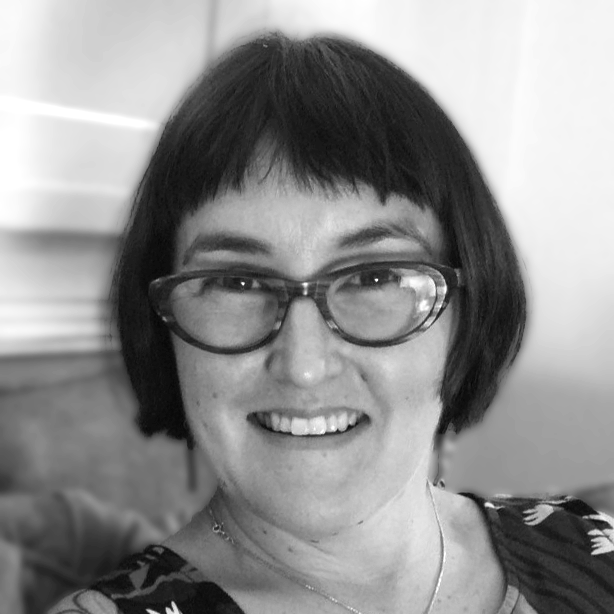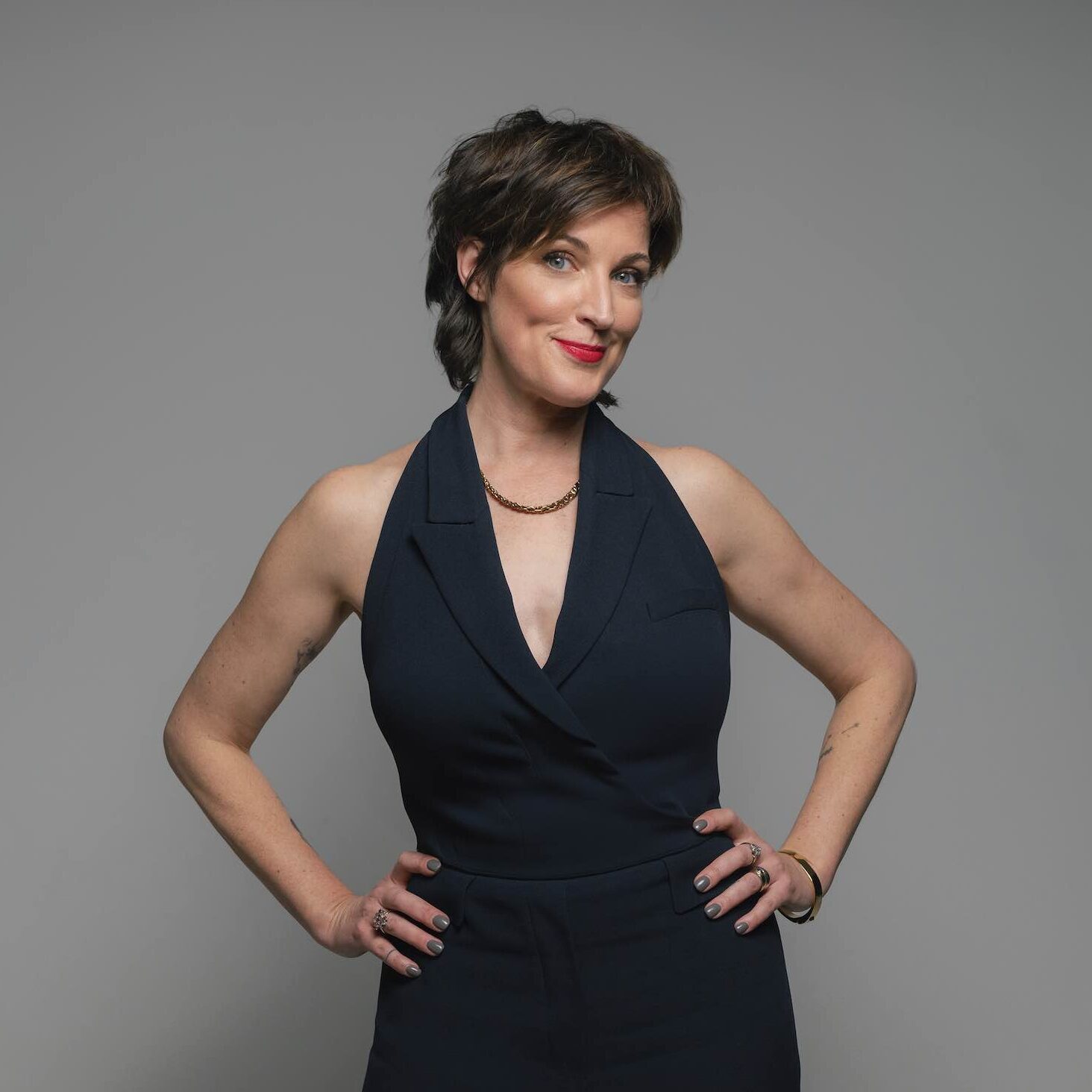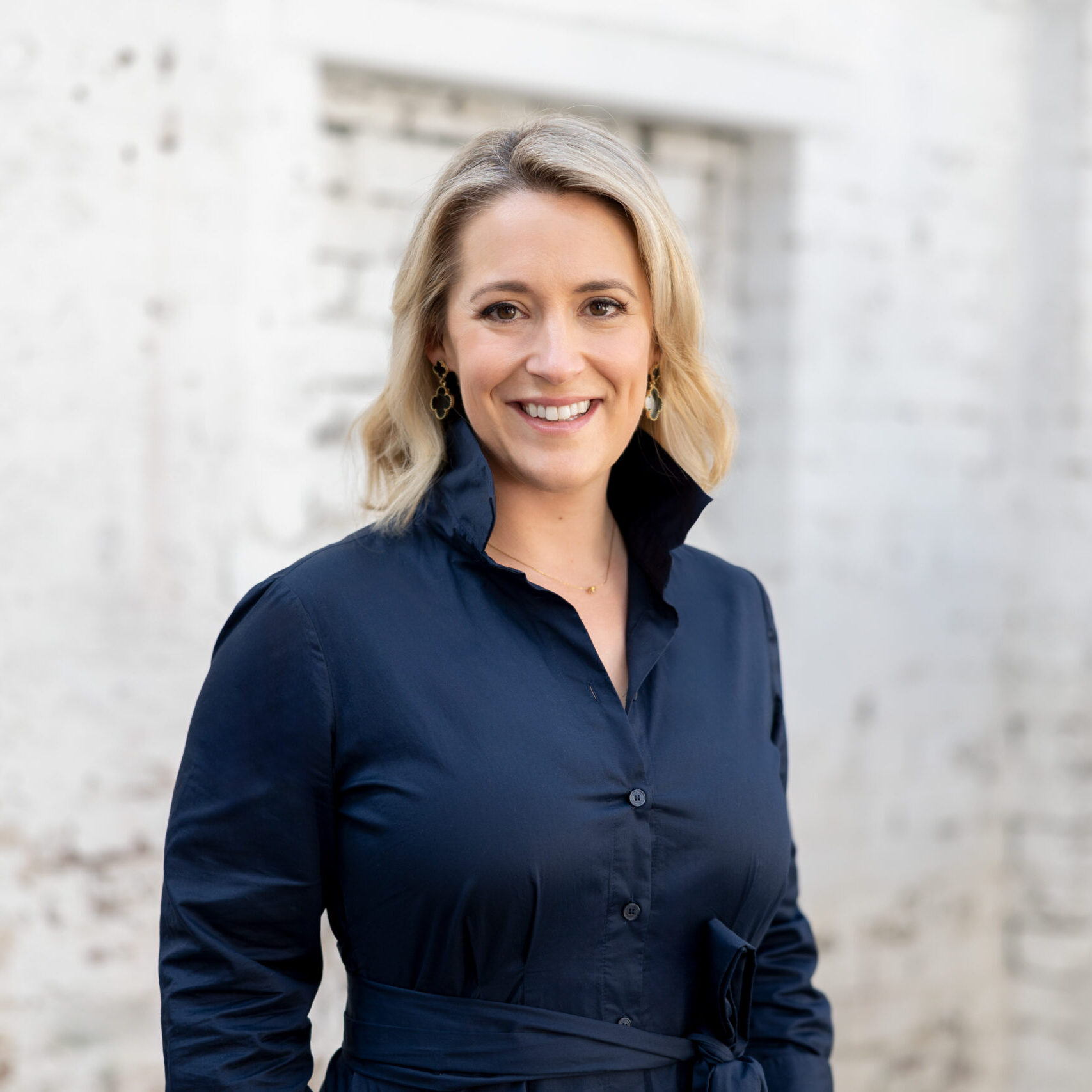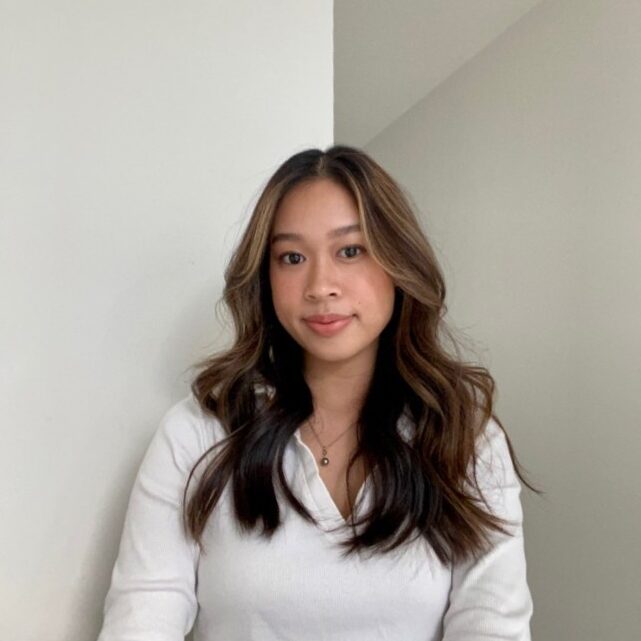
In Conversation with Kate Geraghty
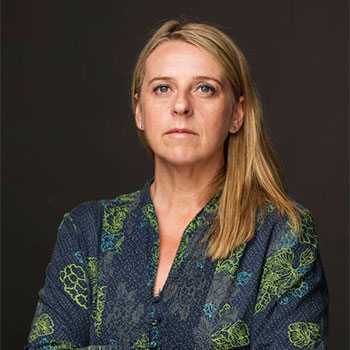
Kate Geraghty is an Australian photojournalist with The Sydney Morning Herald newspaper since 2002. Covering daily news and news feature projects both in Australia and overseas. Her career focus has been on the aftermath of conflicts and the plight of those societies caught in the violence.
She has covered the Bali Bombings, the 2003 invasion of Iraq, the war in Afghanistan, war in Lebanon, East Ukraine War including the downing of MH17, the aftermath of conflict in DRC’s North Kivu and Kasai regions, the liberation of Mosul from ISIS, the fall of ISIS in Syria and the Turkish military attacks in North East Syria.
As well as documented Syrian refugees in Iraq, Lebanon and Jordan; the independence of South Sudan and the civil war, the aftermath of the tsunami in Aceh, the 2015 Refugee Crisis in Europe, the Gaza Flotilla, the drug wars in the Philippines, the plight of Rohingya refugees in Bangladesh, the Thai cave rescue, the 2019/2020 bushfires in NSW, the impact of coronavirus COVID-19 in Sydney and most recently the war in Ukraine.
She is the proud recipient of eight Walkley awards (Australian national journalism awards), including the 2017 Gold Walkley Award with Michael Bachelard as well as the 2017 Nikon Walkley Press Photographer of the Year. Most recently the Nikon Walkley 2021 Photo of the Year.
How did you get into Photography – was it by accident or design?
I have always loved photography and news so it was a natural choice to apply for a Photographer’s position at The Border Mail newspaper. I worked at The Border Mail for four years covering daily news, social issues and sports. From there I went freelance for six months in Sydney before starting full time at The Sydney Morning Herald where I have been for the past 20 years.
In your opinion, what is the best work you’ve done?
The best work I have done is where I have told someone’s story or captured an event through photography and it has evoked an emotion of the reader or made the reader want to know more. I have concentrated much of the past 20 years on covering conflict and the impact this has on civilians. Documenting and spending time with survivors of war crimes such as rape or enslavement who bravely tell their story to alert the world what has been happening or continues to happen is some of the most important work.
So far, what’s been the biggest challenge of your career?
One of the challenges is not having enough time to document all the issues that I believe are important and am passionate about, we can be in one place at one time. However, I am very fortunate to work for a newsroom and masthead that take the issues I care about very seriously.
Name one person in photojournalism you’ve truly admired?
There are so many and if I had to choose one it would be Paula Bronstein whose dedication to telling peoples stories and giving them a voice with compassion and dignity is inspirational.
Name three essential things someone starting out in photojournalism should know from day one?
The story is never about you or your opinions.
I would say a photojournalist needs to be dedicated as this is not a job but a life’s work.
Compassion and being unbiased is essential as everyone’s story is as important as the next. Patience is also needed.
What do you think the future holds for your industry?
Photojournalism and documentary photography has never been more important as our images telling the world what is happening are taken without prejudice or agendas. When someone looks at our images they can rely on that fact that it is a true representation of what is happening, it was shot on the day it happened.
Share it around…


